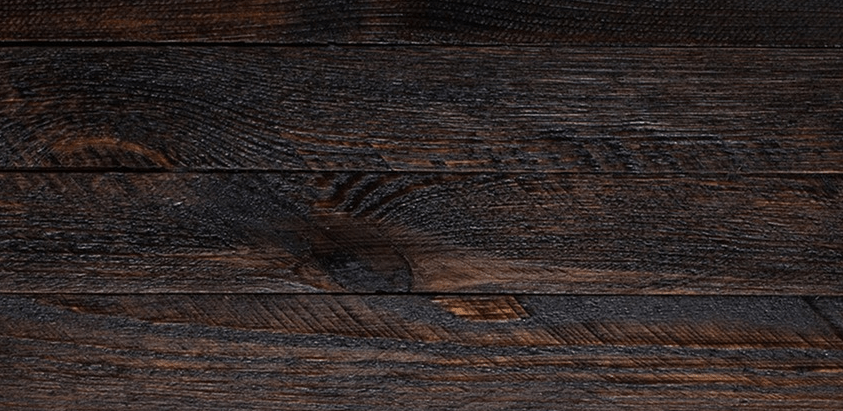Burnt Wood Cladding is also becoming increasingly popular in Germany. It looks attractive yet unobtrusive, promises great longevity and has a long tradition. But where does this tradition come from, what does the strange name actually mean and why is there no easier to remember German name for the new material?

What does Burnt Wood Cladding mean?
Burnt Wood Cladding is English. Burnt means literally burned, but cannot be translated exactly in this context. In English, for example, the more correct term Charred, scorched or charred, is often used in its place. Wood is wood. It is therefore charred wood. However, this designation would arouse the expectation among many Germans that the material would be brittle and not very permanent, which probably explains the avoidance of the German translation. The last word of the English name, Cladding, means sheath and refers in the construction sector to the outermost layer of the outer wall of a building. So Burnt or Charred Wood Cladding is the cladding of a house with charred wood.
What are the benefits of Burnt Wood Cladding?
The charred wood is appreciated in Europe mainly because it makes the wood look old from the beginning. Thus, even a newly built building gives the impression of being a traditional old wooden house, as you might know it from ski huts from the Alps. It blends seamlessly into traditional rural architecture without having the drawbacks of an old-fashioned wooden house. However, the advantages of charring wood are not purely optical. The charred surface makes the wood waterproof and thus prevents the penetration of dew or rainwater into the deeper layers of wood, where it can lead to mold formation or, in winter, to its destruction by crevice frost. The charred surface also prevents harmful insects from entering the wood. This results in a lifetime of the cladding of up to 50 years.
Where does the tradition of Burnt Wood Cladding come from?
Burnt Wood Cladding is a traditional Japanese design and is still used there for the construction of traditional wooden houses, but also by star architects such as Terunobu Fujimori. The original Japanese, name of preservation of wood by scorching the surface is Yakisugi, of yaki, heated by fire, and Sugi, sicheltanne. In Germany, however, you will more often find the alternative Japanese name Shou Sugi Ban. It is common in western Japan and is somewhat reminiscent of Chinese. Here, too, there is a reference to the sift fir often used for construction in Japan. The word ban means plank. All in all, a Shou Sugi Ban is a scorched sickle fir plank used to disguise buildings as Burnt Wood Cladding.
You can find out more details on nakamotoforestry.co.uk.
